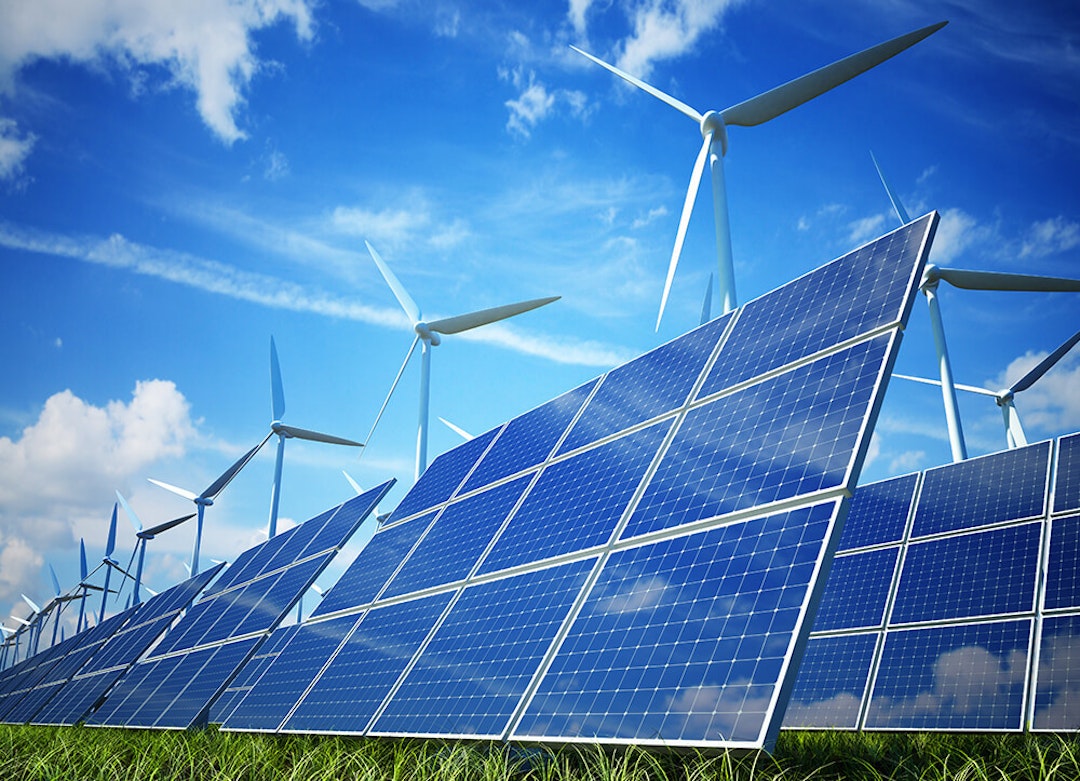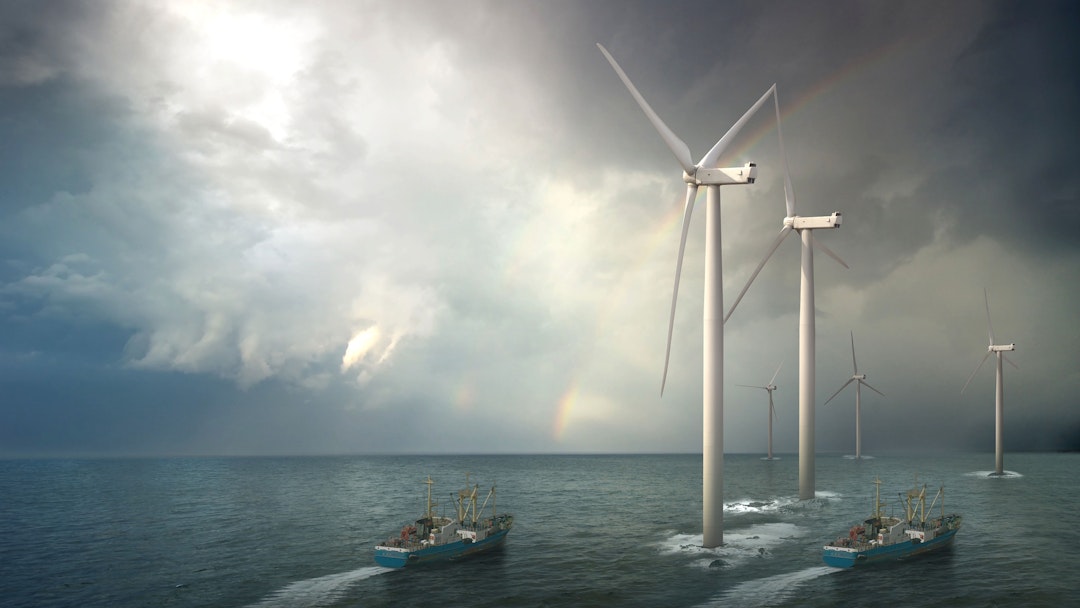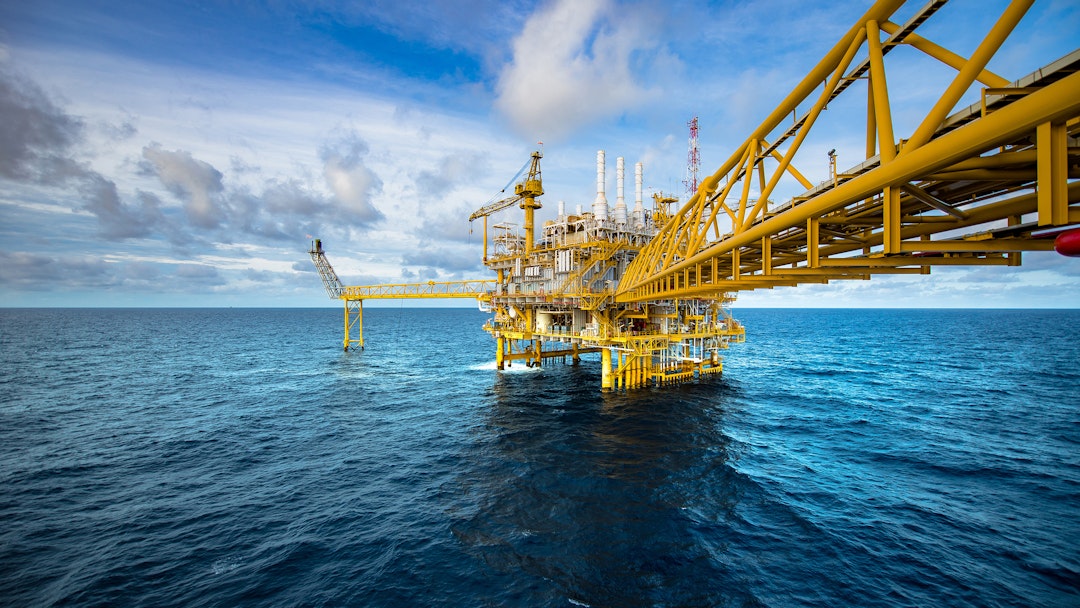Righton Blackburns is a specialist supplier of high performance metals to the power generation & utilities industries.
Our range of high performance metals include stainless steel, copper and nickel alloys specified for the exacting demands of safety critical industries including aerospace, marine, defence and oil & gas.
Customers range from nuclear fuel reprocessing to onshore and offshore oil, gas and petrochemical and have the confidence that we work to the highest industry standards.
Energy and oil and gas companies and their subcontractors come to Righton Blackburns for our extensive range of fully traceable and internationally certified material. Materials are sourced from approved and highly-reputable premier worldwide manufacturers and conform to European standards and directive.
Our range of high performance alloys are supplied to bespoke customer requirements and released to demanding specifications including, NACE MR0175; API 6A, and PED 97/23 EC.
Grades
Your search did not match any items. Please ensure all words are spelled correctly or try different / more general keywords.






